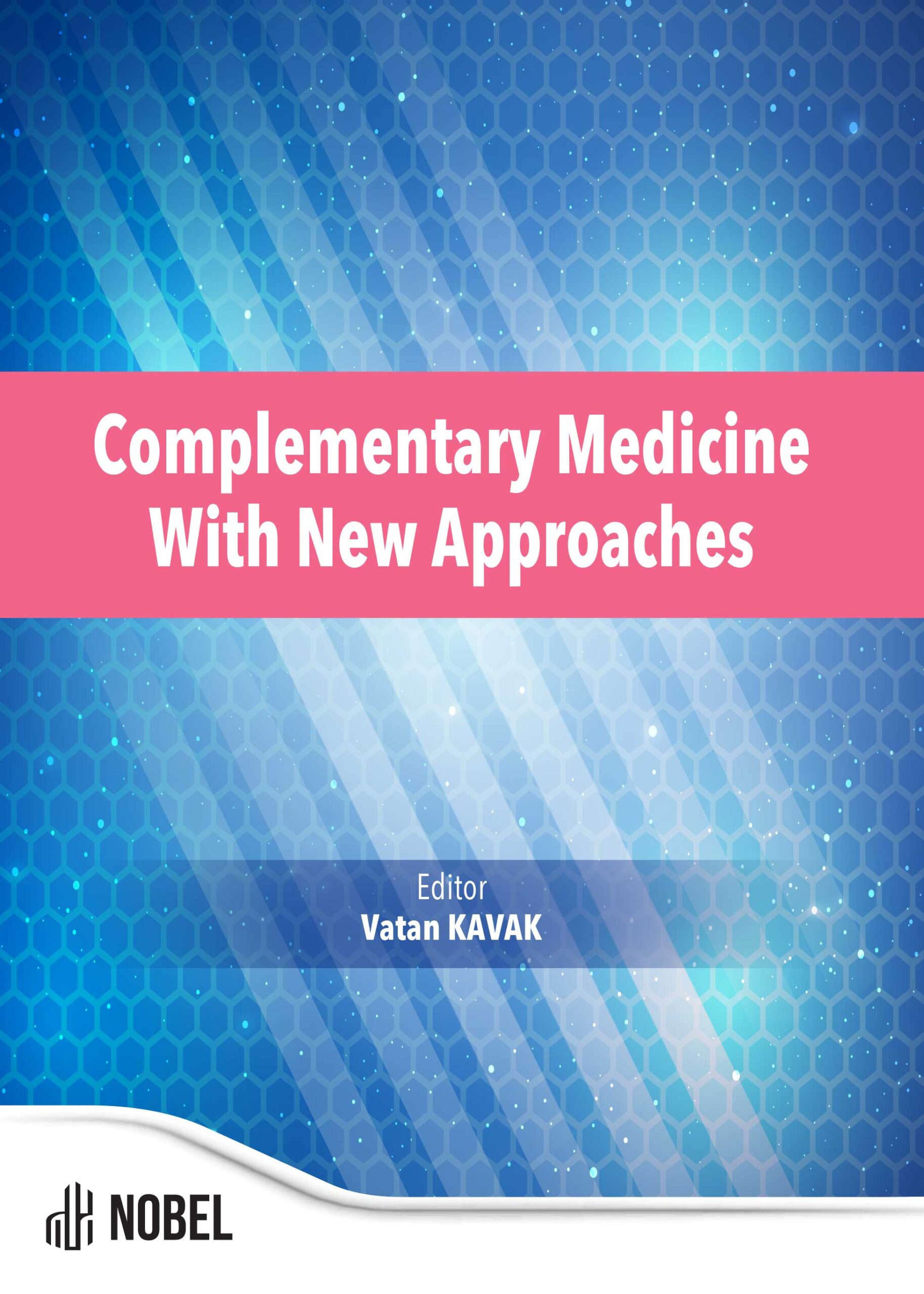Virtual Reality (VR) and Augmented Reality (AR) in Rehabilitation
Abdurrahim Yildiz (Author)
Release Date: 2024-06-17
Virtual Reality (VR) and Augmented Reality (AR) are revolutionizing rehabilitation by offering innovative solutions across various medical specialties, particularly in physiotherapy. This chapter delves into the principles and current applications of VR and AR in healthcare, highlighting their success in enhancing motor skills, cognitive therapy, pain management, and psychological rehabilitation. VR and AR have been [...]
Media Type
Buy from
Price may vary by retailers
| Work Type | Book Chapter |
|---|---|
| Published in | Complementary Medicine with New Approaches |
| First Page | 135 |
| Last Page | 154 |
| DOI | https://doi.org/10.69860/nobel.9786053359418.11 |
| Page Count | 20 |
| Copyright Holder | Nobel Tıp Kitabevleri |
| License | https://nobelpub.com/publish-with-us/copyright-and-licensing |
Abdurrahim Yildiz (Author)
Assistant Professor, Sakarya University
https://orcid.org/0000-0002-6049-0705
3Dr. Abdurrahim Yildiz is a dedicated and experienced physiotherapist and academic, specializing in physical therapy, rehabilitation, and orthotics. Born in 1985 in İstanbul, Turkey, he completed his B.Sc. in Physiotherapy and Rehabilitation from Dokuz Eylul University in 2010. He went on to earn his M.Sc. in Movement and Training Sciences from Istanbul University in 2016 and his Ph.D. in Physical Therapy and Rehabilitation from Istanbul University-Cerrahpasa in 2022. Dr. Yildiz’s research focuses on the effectiveness of dry needling and kinesiology taping in treating myofascial pain and fibromyalgia syndromes, as well as the impact of core stabilization exercises, neuromuscular electrical stimulation, robotic rehabilitation and kinesiology taping in stroke patients. His professional career includes significant roles as a physiotherapist at Istanbul Physical Therapy and Rehabilitation Training and Research Hospital, GATA TSK Physical Therapy and Rehabilitation Hospital, and Private Pendik Rehabilitation Center. Additionally, he has experience working as an orthotics technician. Currently working as an assistant professor at Sakarya University of Applied Sciences, Faculty of Health Sciences, Department of Physiotherapy and Rehabilitation.
Chang, Y.-S., Hu, K.-J., Chiang, C.-W., & Lugmayr, A. (2020). Applying Mobile Augmented Reality (AR) to Teach Interior Design Students in Layout Plans: Evaluation of Learning Effectiveness Based on the ARCS Model of Learning Motivation Theory. Sensors, 20(1), 105. https://www.mdpi.com/1424-8220/20/1/105
Dascal, J., Reid, M., IsHak, W. W., Spiegel, B., Recacho, J., Rosen, B., & Danovitch, I. (2017). Virtual Reality and Medical Inpatients: A Systematic Review of Randomized, Controlled Trials. Innov Clin Neurosci, 14(1-2), 14-21.
Demeco, A., Zola, L., Frizziero, A., Martini, C., Palumbo, A., Foresti, R., Buccino, G., & Costantino, C. (2023). Immersive Virtual Reality in Post-Stroke Rehabilitation: A Systematic Review. Sensors, 23(3), 1712. https://www.mdpi.com/1424-8220/23/3/1712
Hamari, J., Xi, N., Legaki, Z., & Morschheuser, B. (2023). Gamification. Hawaii International Conference on System Sciences,
Heo, S., & Park, J.-H. (2022). Effects of Virtual Reality-Based Graded Exposure Therapy on PTSD Symptoms: A Systematic Review and Meta-Analysis. International Journal of Environmental Research and Public Health, 19(23), 15911. https://www.mdpi.com/1660-4601/19/23/15911
Hildebrand, M. W., Geller, D., & Proffitt, R. (2023). Occupational therapy practice guidelines for adults with stroke. The American Journal of Occupational Therapy, 77(5), 7705397010.
Hoffman, H. G., Patterson, D. R., Carrougher, G. J., & Sharar, S. R. (2001). Effectiveness of virtual reality–based pain control with multiple treatments. The Clinical Journal of Pain, 17(3), 229-235.
Indovina, P., Barone, D., Gallo, L., Chirico, A., De Pietro, G., & Giordano, A. (2018). Virtual Reality as a Distraction Intervention to Relieve Pain and Distress During Medical Procedures: A Comprehensive Literature Review. The Clinical Journal of Pain, 34(9). https://journals.lww.com/clinicalpain/fulltext/2018/09000/virtual_reality_as_a_distraction_intervention_to.9.aspx
Liu, Y., Liu, Y., Xu, S., Cheng, K., Masuko, S., & Tanaka, J. (2020). Comparing VR- and AR-Based Try-On Systems Using Personalized Avatars. Electronics, 9(11), 1814. https://www.mdpi.com/2079-9292/9/11/1814
Melzack, R. (1999). From the gate to the neuromatrix. Pain, 82, S121-S126.
Melzack, R., & Wall, P. D. (1965). Pain Mechanisms: A New Theory: A gate control system modulates sensory input from the skin before it evokes pain perception and response. Science, 150(3699), 971-979.
Schultheis, M. T., & Rizzo, A. A. (2001). The application of virtual reality technology in rehabilitation. Rehabilitation psychology, 46(3), 296.
Shin, H. T., Kim, D. Y., Bae, C. R., Kim, H. S., Park, M. J., You, S. B., Kwon, Y. J., & Gwak, K. U. (2023). Fully-immersive virtual reality instrumental activities of daily living training for mild dementia: a feasibility study. Annals of Palliative Medicine, 12(2), 280-290. https://apm.amegroups.org/article/view/109768
Slater, M., Brogni, A., & Steed, A. (2003). Physiological responses to breaks in presence: A pilot study. Presence 2003: The 6th annual international workshop on presence,
| onix_3.0::thoth | Thoth ONIX 3.0 |
|---|---|
| onix_3.0::project_muse | Project MUSE ONIX 3.0 |
| onix_3.0::oapen | OAPEN ONIX 3.0 |
| onix_3.0::jstor | JSTOR ONIX 3.0 |
| onix_3.0::google_books | Google Books ONIX 3.0 |
| onix_3.0::overdrive | OverDrive ONIX 3.0 |
| onix_2.1::ebsco_host | EBSCO Host ONIX 2.1 |
| csv::thoth | Thoth CSV |
| json::thoth | Thoth JSON |
| kbart::oclc | OCLC KBART |
| bibtex::thoth | Thoth BibTeX |
| doideposit::crossref | CrossRef DOI deposit |
| onix_2.1::proquest_ebrary | ProQuest Ebrary ONIX 2.1 |
| marc21record::thoth | Thoth MARC 21 Record |
| marc21markup::thoth | Thoth MARC 21 Markup |
| marc21xml::thoth | Thoth MARC 21 XML |

